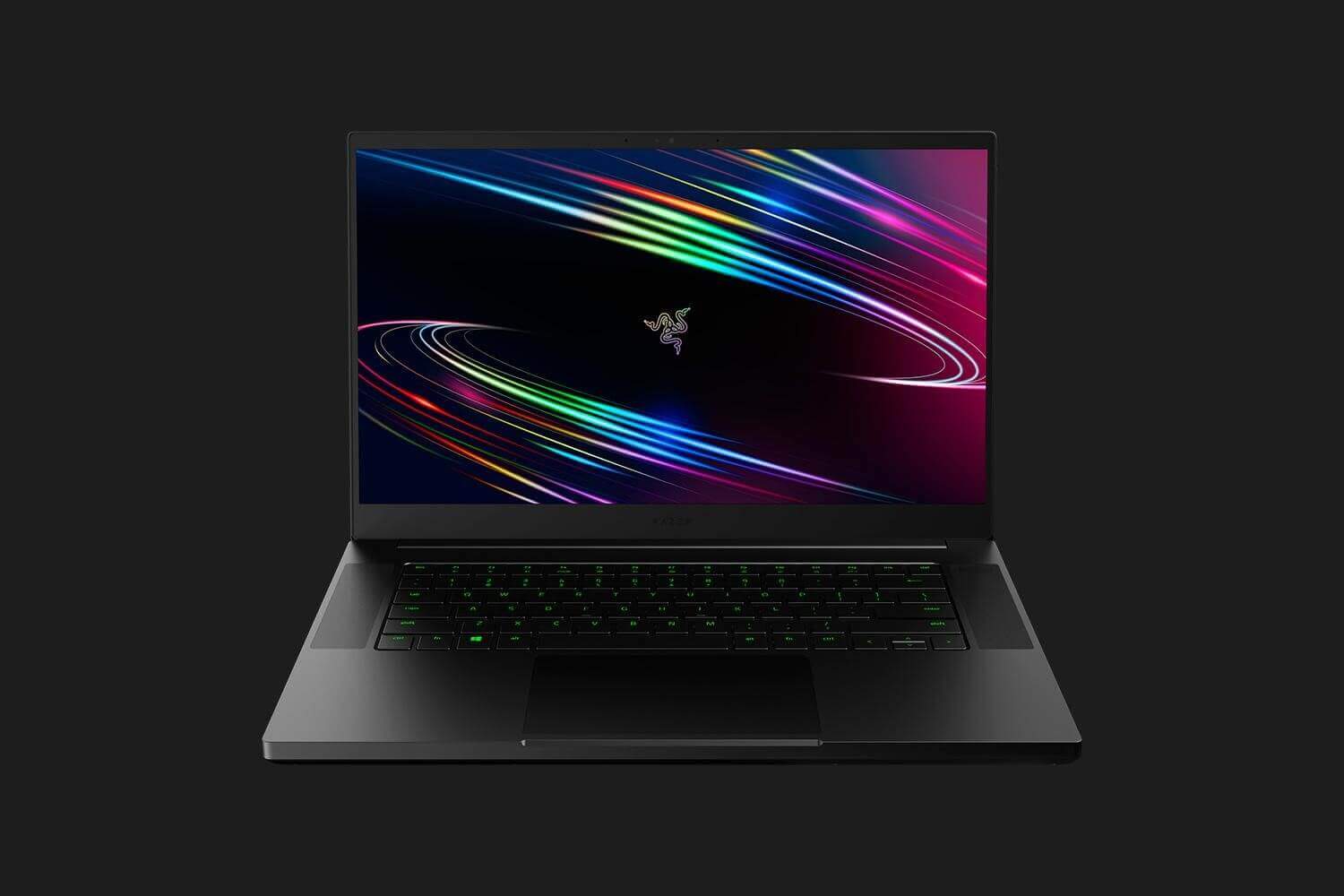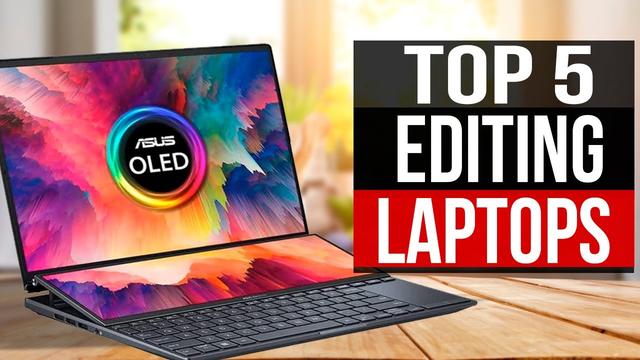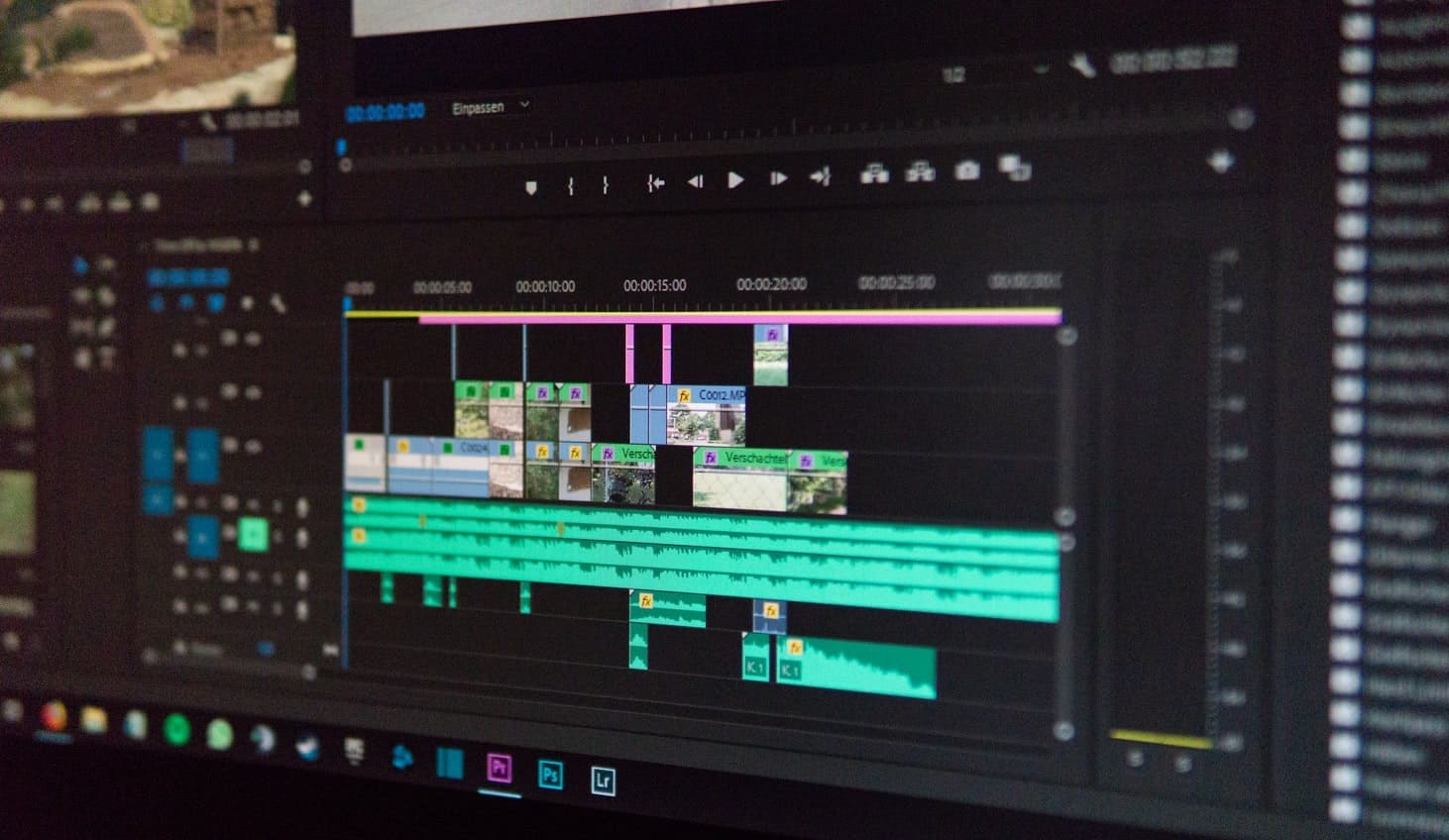Video Editing Best Laptop

For value-conscious video editors, the laptop is more than just a tool; it's a mobile editing suite, a portable studio, and a key to unlocking creative potential. But with a saturated market and a constant barrage of new releases, choosing the right laptop for video editing can feel like navigating a minefield.
This review aims to cut through the noise and provide you with an analytical overview of the best laptops for video editing, focusing on performance, features, and affordability. We'll delve into specifications, benchmark scores, and real-world performance to help you make an informed decision that aligns with your budget and editing needs.
Why a Dedicated Video Editing Laptop Matters
Video editing demands substantial processing power. Standard laptops often struggle with resource-intensive tasks like rendering, color correction, and handling multiple video streams. A dedicated video editing laptop offers the necessary components to handle these tasks smoothly, improving workflow efficiency.
Investing in the right laptop reduces editing time, minimizes frustration, and allows you to focus on the creative aspects of your projects. It also ensures compatibility with professional video editing software like Adobe Premiere Pro, DaVinci Resolve, and Final Cut Pro.
Shortlist of Recommended Laptops
Budget-Friendly Option: Acer Aspire 5
For editors on a tight budget, the Acer Aspire 5 provides a solid entry point. It offers a decent balance of performance and price, capable of handling basic editing tasks and lighter projects.
Mid-Range Performer: Apple MacBook Air (M1/M2)
The Apple MacBook Air with the M1 or M2 chip delivers impressive performance in a sleek and portable design. It's ideal for editors who prioritize battery life, ease of use, and a seamless editing experience.
High-End Workstation: Dell XPS 15/17
The Dell XPS 15 and XPS 17 are powerful laptops designed for demanding video editing workflows. They offer high-end processors, dedicated graphics cards, and stunning displays for professional-level performance.
Detailed Reviews
Acer Aspire 5
The Acer Aspire 5 provides a solid performance, making it suitable for entry-level video editing. Its affordability allows aspiring editors to begin learning without breaking the bank. Compromises on display quality and raw power are expected at this price point.
It's capable of handling 1080p editing and basic 4K projects with shorter timelines. Its limitations become apparent when dealing with complex effects or larger files.
Apple MacBook Air (M1/M2)
The Apple MacBook Air (M1/M2) has revolutionized the ultraportable laptop market with its impressive performance-per-watt ratio. The M1/M2 chip provides enough processing power for most video editing tasks, all while consuming minimal power.
Its fanless design allows for silent operation, making it ideal for quiet environments. The MacBook Air shines with optimized software like Final Cut Pro, offering a seamless and efficient editing experience.
Dell XPS 15/17
The Dell XPS 15/17 are premium laptops designed for demanding creative professionals. They boast powerful Intel processors, dedicated NVIDIA GeForce RTX graphics cards, and stunning displays that cover 100% of the Adobe RGB color gamut.
These laptops can handle complex 4K and even 8K video editing workflows. The excellent color accuracy and powerful hardware make them ideal for professionals who require top-tier performance and image quality.
Side-by-Side Specs and Performance
| Laptop | Processor | Graphics | RAM | Storage | Display | Premiere Pro Render Time (5 min 4K) |
|---|---|---|---|---|---|---|
| Acer Aspire 5 | AMD Ryzen 5 5500U | AMD Radeon Graphics | 8GB | 512GB SSD | 15.6" FHD | ~15 minutes |
| Apple MacBook Air (M1) | Apple M1 | 8-Core GPU | 8GB | 256GB SSD | 13.3" Retina | ~8 minutes |
| Apple MacBook Air (M2) | Apple M2 | 10-Core GPU | 8GB | 256GB SSD | 13.6" Retina | ~7 minutes |
| Dell XPS 15 | Intel Core i7-12700H | NVIDIA GeForce RTX 3050 Ti | 16GB | 512GB SSD | 15.6" OLED 3.5K | ~5 minutes |
| Dell XPS 17 | Intel Core i9-12900HK | NVIDIA GeForce RTX 3060 | 32GB | 1TB SSD | 17" IPS 4K+ | ~4 minutes |
Note: Performance scores are estimates and may vary depending on the specific configuration and software used.
Practical Considerations
Beyond raw processing power, consider the display quality. Color accuracy is critical for video editing; Look for laptops with displays that cover 100% of the sRGB or Adobe RGB color gamut.
Portability is also an important factor. If you need to edit on the go, a lightweight and compact laptop like the MacBook Air is a better choice. If you prioritize screen real estate and performance, the Dell XPS 17 might be more suitable.
Battery life is crucial for mobile editing. Consider the typical workload and editing environment to estimate the required battery capacity. The operating system is also important; consider your familiarity and software compatibility when choosing between macOS and Windows.
Key Takeaways
Choosing the best video editing laptop requires careful consideration of your budget, editing needs, and workflow. The Acer Aspire 5 offers an affordable entry point, the MacBook Air (M1/M2) balances performance and portability, and the Dell XPS 15/17 provide top-tier performance for demanding professionals.
Remember to prioritize key specifications like processor, graphics card, RAM, storage, and display quality. Also consider practical factors like portability, battery life, and operating system.
By carefully weighing these factors, you can find the perfect laptop to empower your video editing journey. Make sure to check the return policy, and read user reviews before making a final decision.
Ready to Upgrade Your Editing Setup?
Now that you're armed with the knowledge, take the next step! Consider your specific needs and budget, and start exploring the laptops discussed in this article. Visit the manufacturers' websites or authorized retailers to compare prices, read customer reviews, and make an informed purchase.
Your perfect video editing laptop is waiting. Invest wisely and unlock your creative potential!
Frequently Asked Questions (FAQ)
Q: How much RAM do I need for video editing?
A: 16GB of RAM is generally recommended for smooth 1080p editing, while 32GB or more is preferable for 4K and 8K workflows. More RAM allows you to handle larger files, complex timelines, and multiple applications simultaneously.
Q: Is a dedicated graphics card necessary for video editing?
A: A dedicated graphics card (GPU) significantly accelerates video rendering, effects processing, and color correction. While integrated graphics can handle basic editing, a dedicated GPU will provide a much smoother and more efficient workflow.
Q: What is the ideal storage for video editing?
A: A fast Solid State Drive (SSD) is essential for video editing. SSDs offer significantly faster read and write speeds compared to traditional Hard Disk Drives (HDDs), reducing loading times and improving overall performance. 512GB is a good starting point, but 1TB or more is recommended for larger projects.
Q: Which processor is best for video editing?
A: Intel Core i7 or i9 processors and AMD Ryzen 7 or 9 processors are generally recommended for video editing. These processors offer a high core count and clock speed, which are crucial for handling demanding tasks like rendering and encoding.
Q: Should I choose macOS or Windows for video editing?
A: The choice between macOS and Windows depends on personal preference and software compatibility. macOS offers a user-friendly interface and seamless integration with Final Cut Pro, while Windows provides broader software compatibility and hardware options.
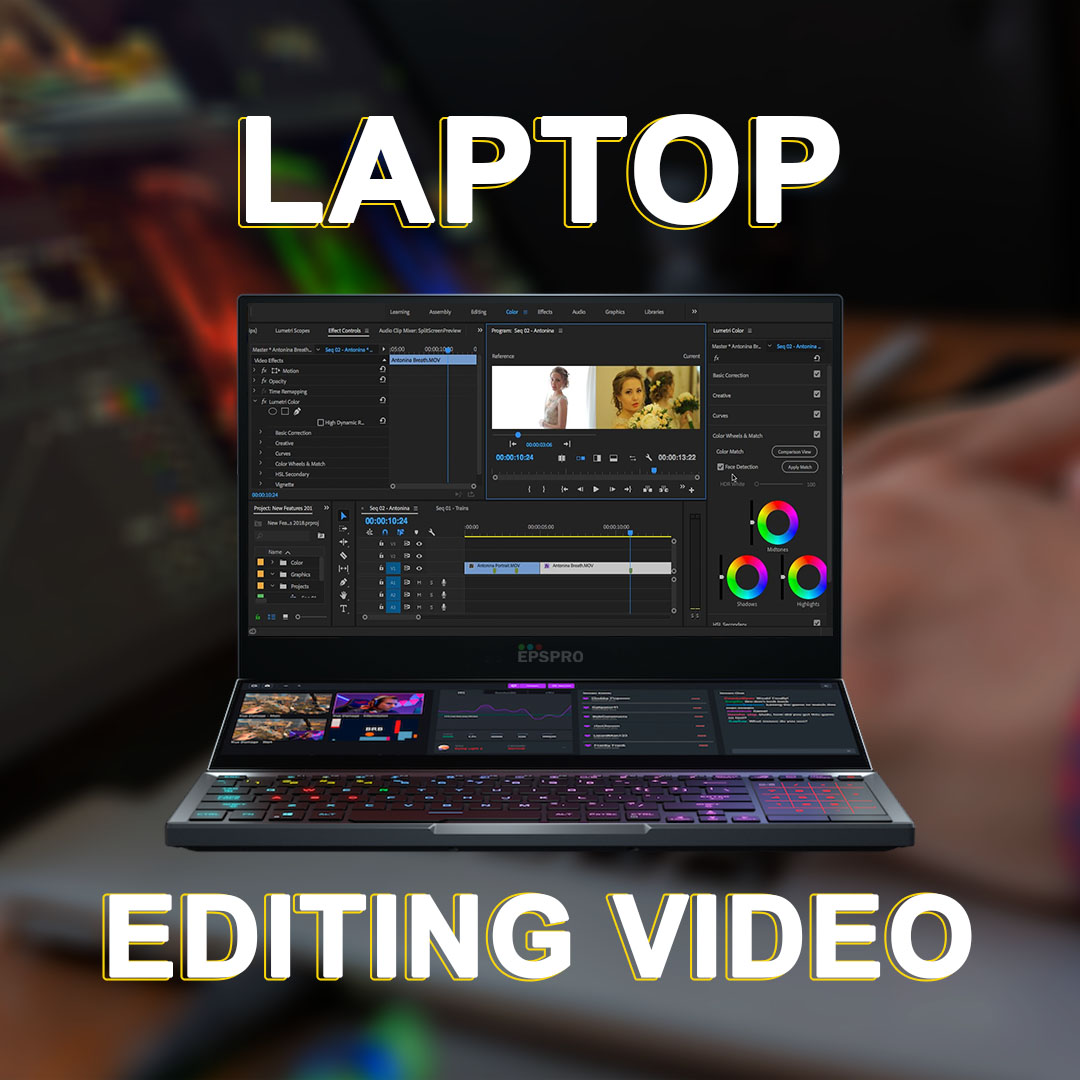
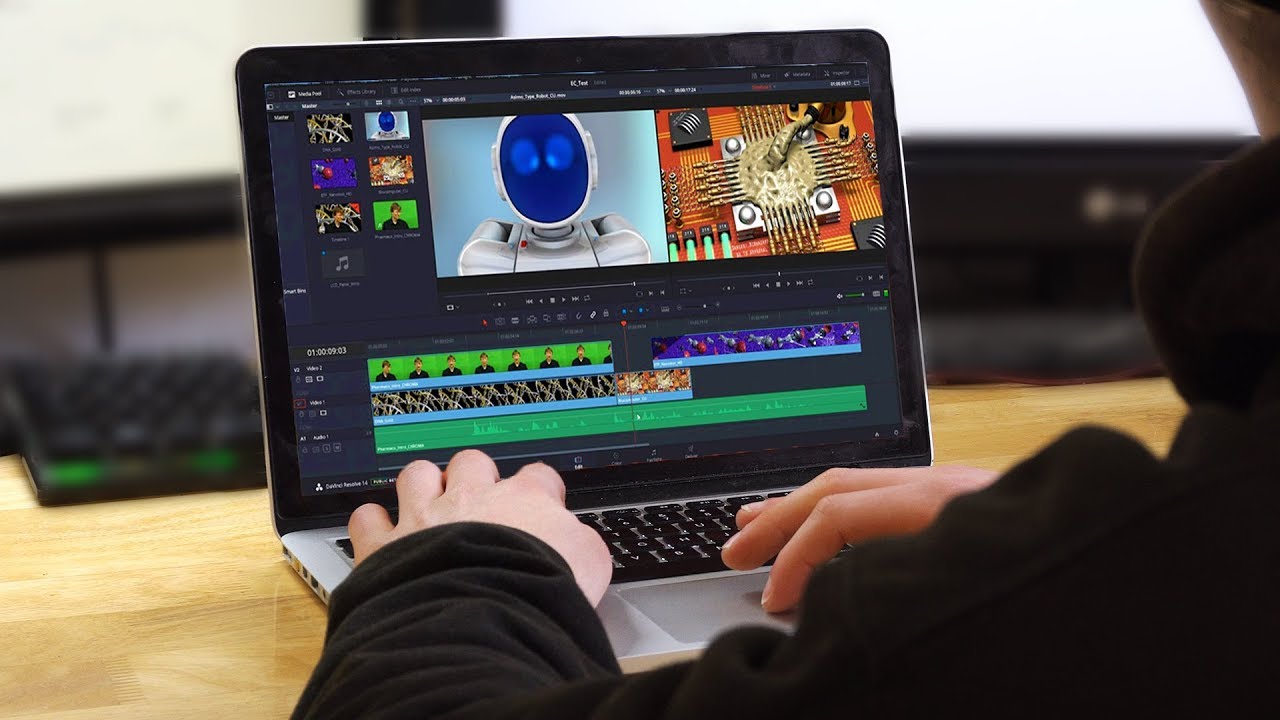
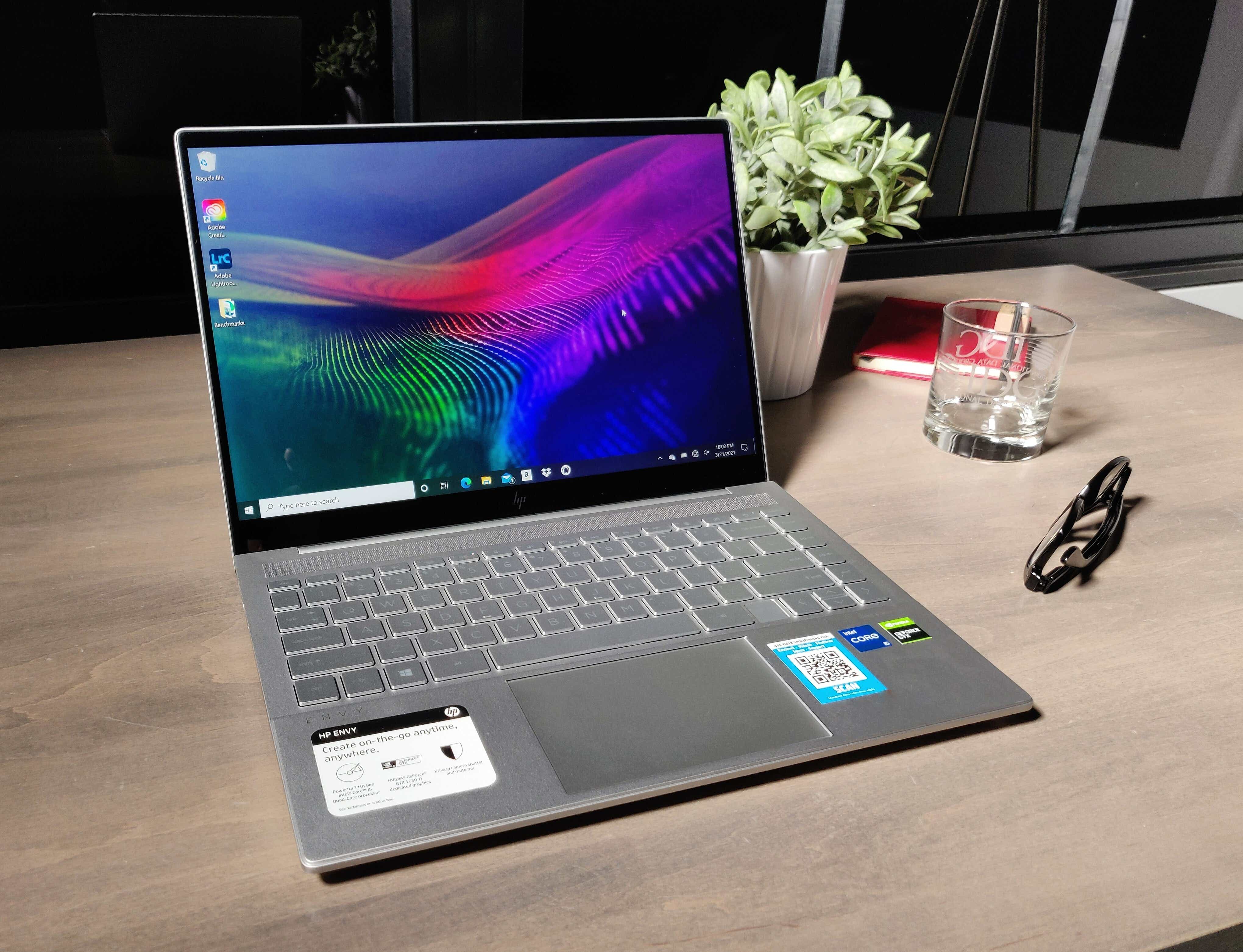
.webp)
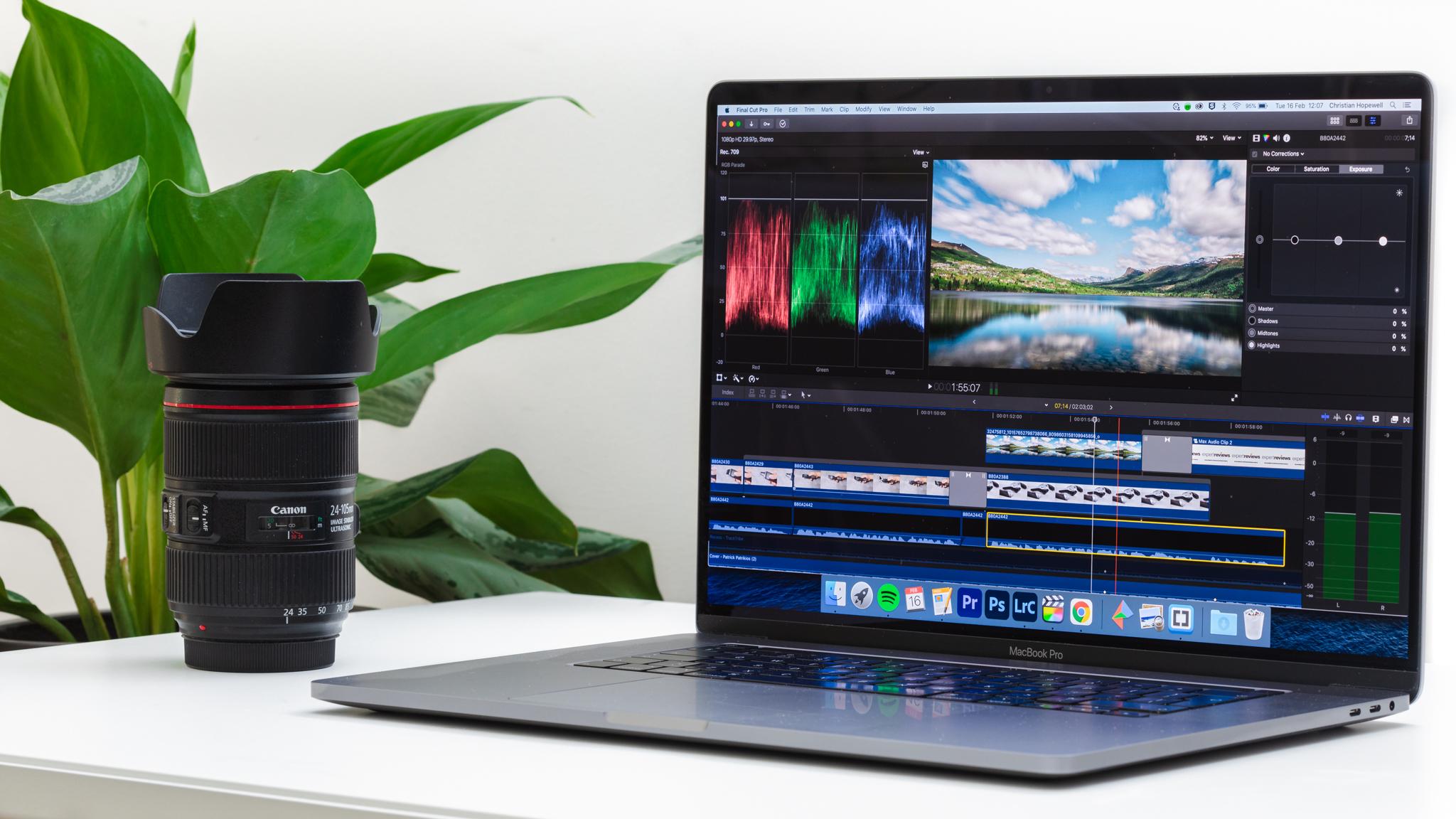
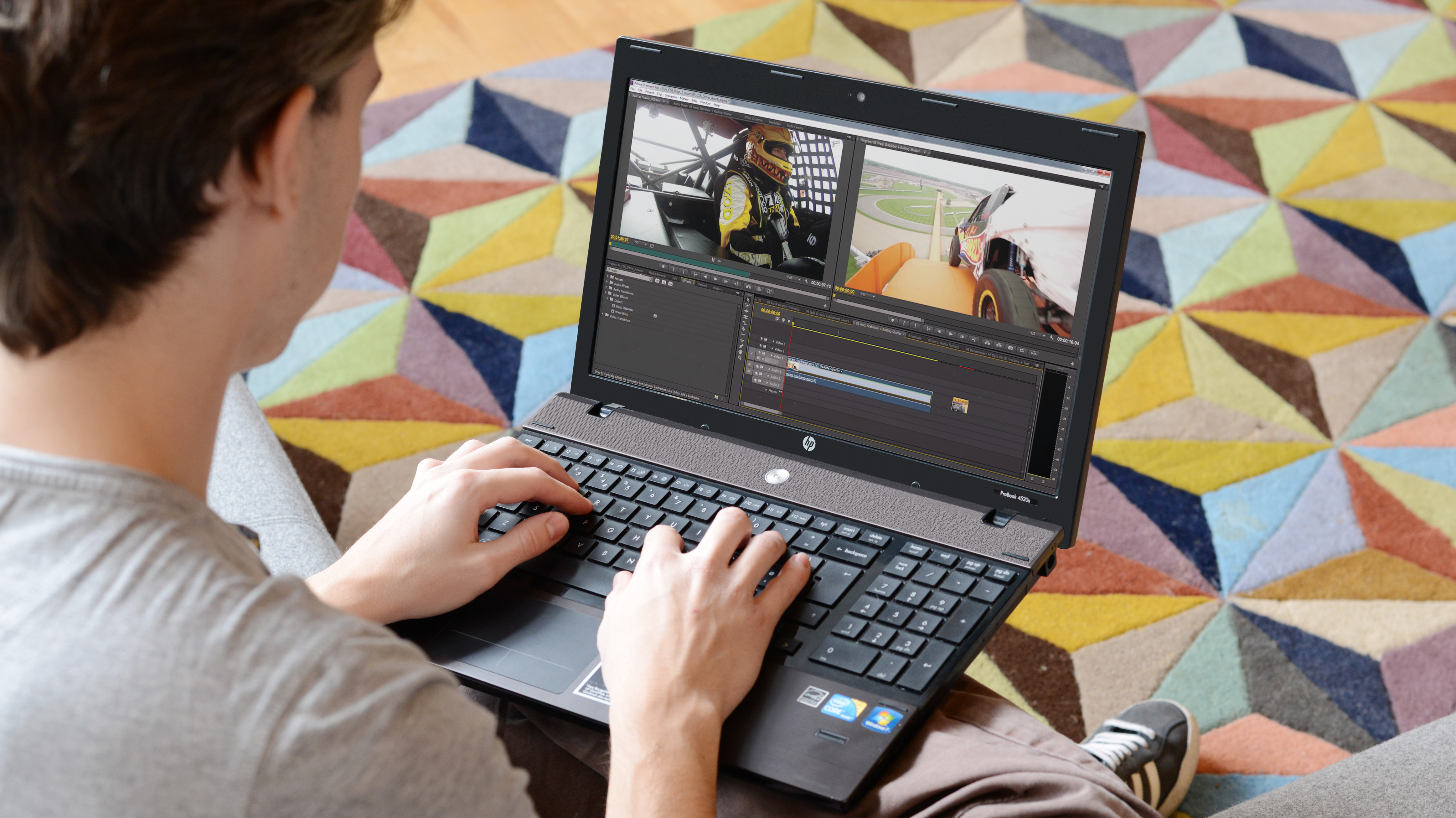
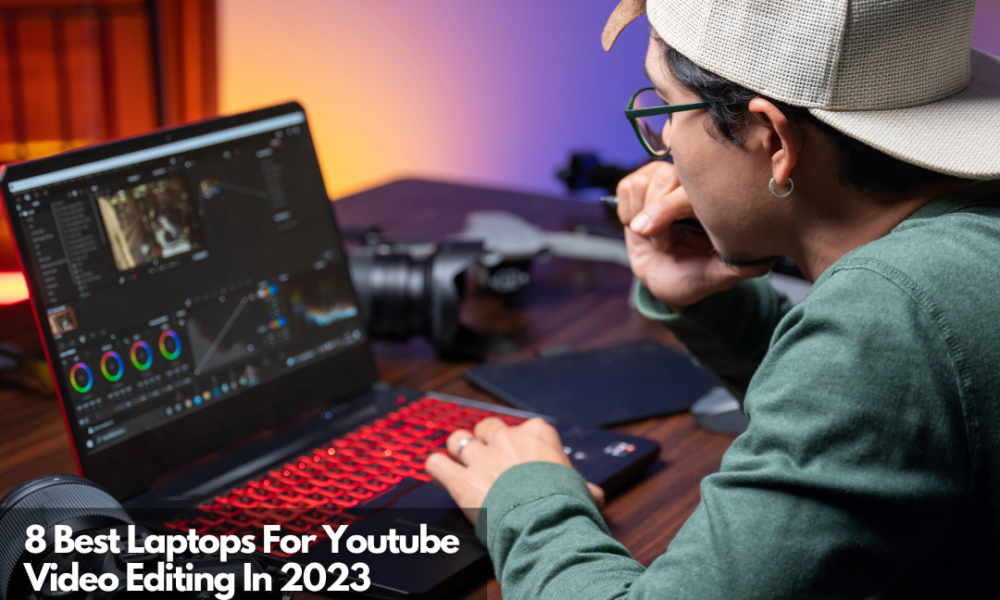



![Video Editing Best Laptop Top 5 BEST Laptop for Video Editing [2020] - YouTube](https://i.ytimg.com/vi/Elmuim2Ce1U/maxresdefault.jpg)

